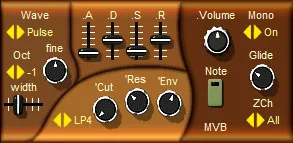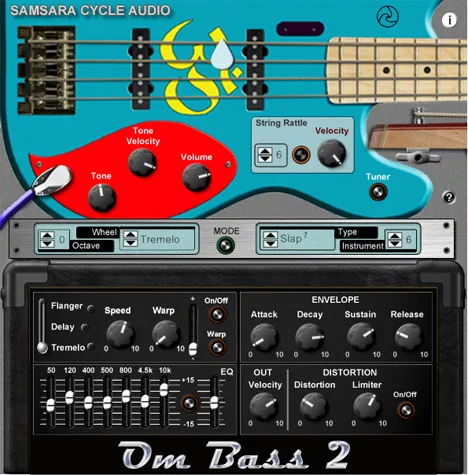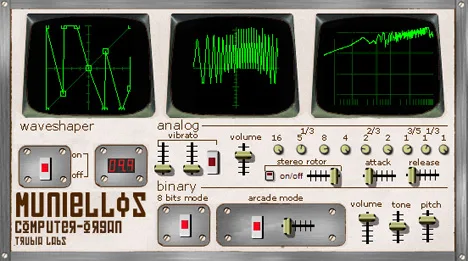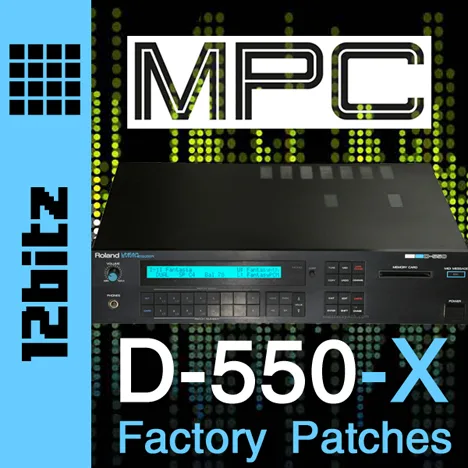Bass guitars or synthesized bass are the foundation of many musical compositions, from electronic dance music to rock and hip-hop. It is the bassline that sets the rhythm, harmonic foundation, and groove that makes the listener move. Finding the perfect bass instrument that is easy to use but also offers interesting sound shaping capabilities can be a real challenge. Fortunately, the world of free VST plugins is constantly evolving, offering musicians and producers access to quality instruments at no cost.
In the world of modern music production, where complex synthesizers can be intimidating with their multifunctionality, returning to basics can be extremely productive. This seems to be the philosophy followed by the developers at MVX Synths when creating MVb. This plugin is a breath of fresh air in terms of simplicity and efficiency, focusing on what is truly important for a bass part: a solid tone, flexible timbre shaping, and ease of integration into your workflow.
MVb: Your New Basic Bassline Synthesizer
Introducing MVb from MVX Synths – a plugin designed with one clear goal: to provide a simple but effective tool for creating basslines. The name MVb (Basic Bassline) speaks for itself. It’s not a monster overloaded with hundreds of functions, but rather a focused instrument that allows you to quickly get the desired result. It is ideal for both beginners taking their first steps in music creation and for experienced producers who need a reliable and easy-to-use synthesizer for bass parts.
Key Features of MVb
Despite its “basic” name, MVb has several important features that make it a flexible tool:
- Monophonic and Polyphonic Modes: By default, MVb works in monophonic mode, which is standard for most bass parts, allowing you to create classic, clear basslines without overlapping notes. However, you can easily switch it to polyphonic mode, opening up possibilities for creating more complex bass chord structures or even low-frequency pads, if that suits your creative intent.
- Universal Multi-Mode SVF Filter: One of the strongest points of MVb is its 6-pole SVF (State Variable Filter) filter. This type of filter is known for its flexibility and ability to produce different types of filtering (low-pass, high-pass, band-pass, notch) simultaneously or independently, depending on the implementation. In the case of MVb, the presence of a 6-pole filter means that it can provide a rather steep slope of frequency cut-off, allowing you to precisely shape the timbre of the bassline, make it more “closed” or “open”, add resonance to get a characteristic sound, and create dynamic timbre changes through automation. The 6-pole SVF filter in MVb doesn’t just cut off frequencies; it allows you to delve deeply into bass sound design. You can use it to make the bass softer and warmer by filtering out the high frequencies, or, conversely, emphasize the mids for a more aggressive sound using the band-pass mode. Resonance adds a characteristic “peak” at the cut-off frequency, which can create classic sounds that rock dance floors or cut through the thickest mix. The automation capabilities of this filter in your DAW open the door to creating constantly evolving basslines, adding movement and life to your music.
- Ease of Use: The plugin’s interface is designed to be intuitive. All the main parameters are at hand, allowing you to quickly adjust the sound without wasting time searching for the necessary controls in complex menus. This makes MVb a great tool for quickly prototyping ideas or for working in a limited time frame.
Potential Applications
MVb can become an indispensable tool in a wide range of musical genres:
- Electronic Music: From techno and house to dubstep and drum and bass, MVb can create both deep sub-basses and more aggressive, filter-rich basslines. The filter is especially useful for creating the wah-wah effects and sweeps characteristic of many electronic genres. Its ability to shape a clear and punchy tone makes it an excellent choice for creating basses that sit easily in a dense mix.
- Hip-Hop and R&B: Need a soft and round bass for a beat? Or perhaps a more sharp one that cuts through the mix? MVb can adapt to both needs. Monophonic mode is ideal for creating classic slamming basslines, while polyphony can add interesting harmonic elements.
- Rock and Pop: While bass guitars often dominate in these genres, synthesized basses can add a unique texture or be used to create a more modern sound. Monophonic mode is great for imitating basslines played on a bass guitar, and the filter allows you to experiment with timbre, going beyond the usual bass sound.
- Experimental Music and Sound Design: The flexible filter and the ability to switch modes make MVb an interesting tool for sound design and experimenting with timbre. Don’t limit yourself to standard bass parts; try using MVb to create effects, textures, or unusual low-frequency elements.
Why try MVb?
In a world where many VST instruments try to be universal combines, MVb stands out for its focus. It does one thing – creates basslines – but does it well and without unnecessary complications. As a free plugin, it’s a great entry point for those looking for a quality bass synthesizer that won’t burden either their wallet or their computer’s processor (given its age and Win32 specification, it should be quite light). Even if you already have your favorite bass synthesizers, MVb can offer a fresh perspective or simply become a quick and reliable tool for everyday tasks. Considering its format (Win32 VST), MVb is likely very light on the processor, making it a great choice for systems with limited resources or for projects where many plugins are used.
Don’t miss the opportunity to add this simple but powerful tool to your arsenal. MVb proves that creating quality and punchy bass parts doesn’t always require a complex and expensive synthesizer. Sometimes, a focused instrument with the right features is enough.
Download MVb today and add a reliable basic bassline synthesizer to your VST instrument collection. Create a solid foundation for your tracks with ease!



